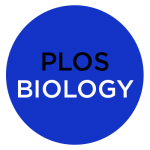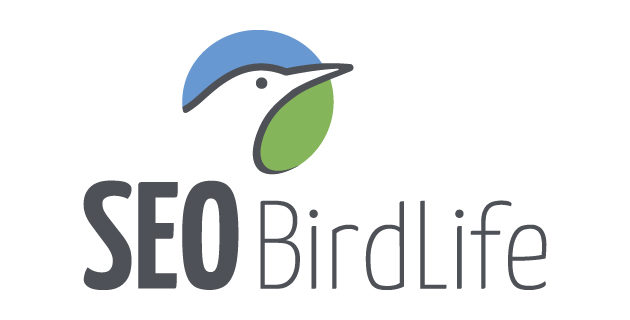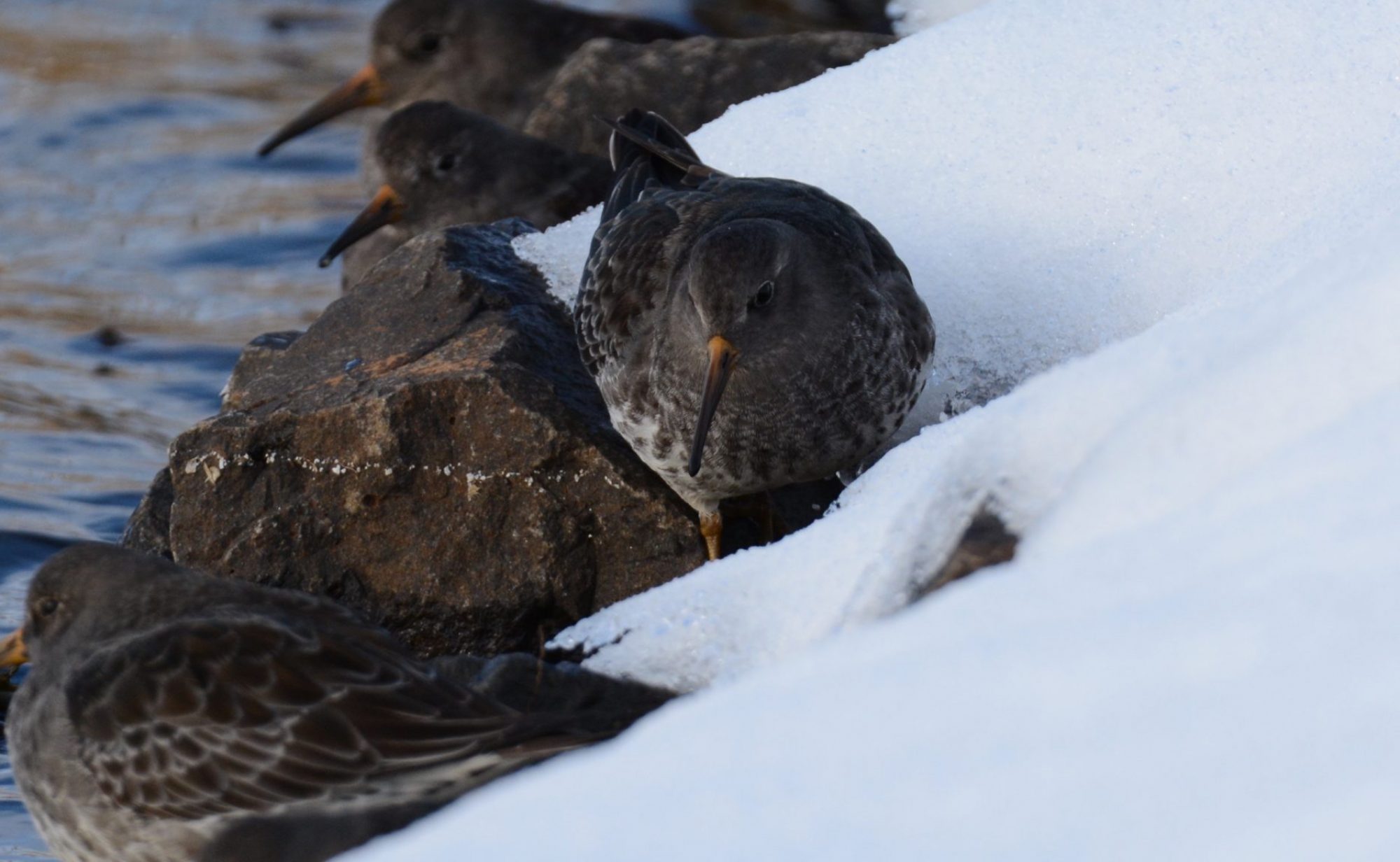Selection of media coverage of our work on pigmentation.
 | Ismael Galván is interviewed for the Spanish magazine El País, about white lynx and orange monkeys. November 3, 2025 |
 | IFLScience covers our investigation on the weight of pigments in feathers published in Biology Letters: Color vs. Flight: Are darker birds’ feathers weighing them down? August 22, 2025 |
 | Sol Rodríguez Martínez has been awarded the Extraordinary Doctoral Prize by the University of Seville, in the Integrative Biology doctoral program. June 28, 2024 |
 | Uncovering the genomic secrets of color variants in female cuckoo birds: our Science Advances study on melanin-based color polymorphism in cuckoos, covered by Forbes magazine. April 28, 2024 |
 | Tadpoles can change colour to blend in with their environment: New Scientist coverage of our investigation on tadpole pigmentation. September 15, 2023 |
 | The Guardian covers our investigation on why biting flies are attracted to blue objects, published in Proceedings of the Royal Society B. June 28, 2023 |
 | According to the most recent update of PLoS Biology study, Ismael Galván ranks among the top 2% scientists in the world. November 3, 2022 |
 | Ismael Galván has been interviewed in the radio program ‘Memoria de Delfín’ in Radio Nacional de España about the colors of animals, to celebrate the International Colour Day. The interview can be listened to here. March 14, 2022 |
 | For the second consecutive year, Ismael Galván ranked among the top 2% scientists in the world, according to a study published in PLoS Biology. October 19, 2021 |
 | Ismael Galván, ranked among the top 2% scientists in the world: according to the 2020 ‘Ranking of the World Scientists: World Top 2% Scientists’, published in a study led by Stanford University in PLoS Biology. October 16, 2020 |
 | Parrots discard dowdy pigments in favour of own brand: our study showing the evolutionary loss of pheomelanin in the pigmentary system of psittaciform birds has been highlighted in the Inside JEB section of the Journal of Experimental Biology. June 17, 2020 |
 | Ismael Galván has been awarded with the VIII edition of the Francisco Bernis Prize in Research by the Spanish Ornithological Society (SEO/BirdLife) for his work on bird pigmentation. November 13, 2019 |
 | The first evidence of sexual dichromatism in a bat, which we have published in the Journal of Mammalogy, has been highlighted in the Editor’s Choice column of the journal. April 24, 2019 |
 | Our study on the physiological limitations of dark pigmentation in relation to thermal niche occupancy has been recommended by a member of the F1000Prime Faculty. January 3, 2019 |
 | Black-haired monkeys in Costa Rica are suddenly turning blonde: New Scientist. January 2, 2019 |
 | What’s behind the colour-changing monkeys of Costa Rica?: Geographical Magazine. December 21, 2018 |
 | El misterio de los monos de Costa Rica que se están volviendo amarillos: Our study on howler monkey pigmentation, covered by BBC Mundo. December 13, 2018 |
 | Pesticides could be painting black howler monkeys yellow in Costa Rica: New coverage of our study on howler monkey pigmentation, made by Mongabay. December 10, 2018 |
 | El misterio de los monos que se vuelven rubios: Coverage by Next of our study on the pigmentation of Costa Rican mantled howler monkeys. December 4, 2018 |
 | Why are these Costa Rican monkeys turning yellow?: We have provided evidence of a rapid shift from eumelanin- to pheomelanin-based fur pigmentation in Costa Rican mantled howler monkeys, which has been featured in Science. November 30, 2018 |
 | Investigación sobre ciervo revela nivel de hormonas excepcional en organismo: La Vanguardia covers our study in Cellular and Molecular Life Sciences reporting the highest hormone levels found in an organism and the first case of allomelanin-based pigmentation in animals. November 26, 2018 |
 | La radiación colorea a las águilas reales: Our story to complete the first study showing a clinal variation in pigmentation in relation to solar UV and terrestrial radiations at a wide spatial scale is explained in Next, the section of science news in Vozpópuli. August 10, 2018 |
 | Ismael Galván has been interviewed in the radio program ‘Julia en la Onda’ in Onda Cero about his work on ecological and evolutionary physiology. The interview can be listened to here. July 23, 2018 |
 | El color del plumaje de las aves depende de la forma en que vibran sus moléculas, según el CSIC: Our groundbreaking research unveiling the role of molecular vibration of melanins in generating plumage coloration has been covered by La Vanguardia. July 12, 2018 |
 | El color del plumaje de las aves determina en qué zonas pueden habitar: The Spanish newspaper 20 minutos echoes our study unveiling how the high capacity of dark plumage to absorb solar radiation affects the spatial distribution of birds. April 13, 2018 |
 | Color de ojos solo es diverso en humanos y animales domésticos, según estudio: La Vanguardia refers to our findings on the similarity in the pattern of eye color variation in humans and domestic animals. January 19, 2018 |
 | Ontgifting kleurt verenkleed roodbruin: The Dutch magazine Bionieuws covers our study about the detoxifying function of pheomelanin-based pigmentation in nuthatches. September 9, 2017 |
 | D’où viennent les couleurs des plumes des oiseaux?: Additional coverage by the French magazine Sciences et Avenir of our study on complex plumage patterns produced by melanins. August 9, 2017 |
| How do birds get their colors?: A story by The University of Chicago Press about our study on the importance of melanins for creating complex plumage patterns in birds. August 3, 2017 | |
 | Dark ibises cannot keep a cool head! Or can they?: Coverage by the Stork, Ibis and Spoonbill Specialist Group of the IUCN Species Survival Commission of our research on thermoregulatory adaptations in dark pigmented birds that inhabit hot environments. March 8, 2017 |
| White bat hoards carotenoids in its yellow nose and ears: Coverage by Chemical & Engineering News of our discovery of carotenoid-based skin pigmentation in bats September 19, 2016 | |
 | At Chernobyl, hints of nature’s adaptation: Additional coverage of our research on physiological adaptations by The New York Times May 5, 2014 |
 | Something glowing on: Coverage by The Economist of our study on physiological adaptations to ionizing radiation in Chernobyl birds May 2, 2014 |
 | Chernobyl birds adapt to radiation: Coverage by Nature of our study on physiological adaptations to ionizing radiation in birds in Chernobyl, and the limitations to these adaptations imposed by pheomelanin synthesis May 1, 2014 |
| | Birds living in Chernobyl’s shadow are adapting to the radiation, say scientists: Additional coverage of our research on physiological adaptations by The Independent. April 30, 2014 |
 | Some birds thrive in Chernobyl’s Radioactive Glow: Additional coverage of our work on physiological adaptations by Science. April 25, 2014 |
 | Why gray hair can be a good thing: Coverage by Live Science of our study on hair melanin-based pigmentation and antioxidants in wild boars July 19, 2012 |
| Why are there redheads? Birds might hold the clues: Coverage by the University of Chicago Press of our study on possible benefits of pheomelanin-based pigmentation July 18, 2012 | |
 | Red-feathered birds suffer from eye damage: Coverage by BBC Nature of our study on pheomelanin-based pigmentation and cataracts in birds April 23, 2012 |
 | When being colourful doesn’t pay: Coverage by Nature of our study on effects of melanin-based pigmentation on bird populations in Chernobyl May 4, 2011 |
| | Darker birds better adapted for higher radiation at Chernobyl: Additional coverage by Scientific American May 4, 2011 |
 | Who knew? Testicle color matters: Coverage by Live Science of our study on testicle pigmentation and mitochondrial mutation rates February 25, 2011 |
 | Brilliant feathers of white snowy owls dazzle rivals: Coverage by BBC Earth of our study on the signaling function of melanin-based plumage pigmentation pattern in snowy owls January 11, 2011 |
 | Birds unveil ‘silver wings’: Coverage by BBC Earth of our discovery of a specialized feather structure that produces conspicuous plumage coloration in otherwise dark feathers September 21, 2009 |
 | Best and brightest: Coverage by Nature of our experiment showing parental favouritism mediated by UV plumage reflectance June 12, 2008 |
